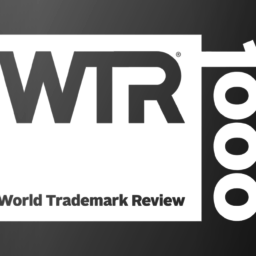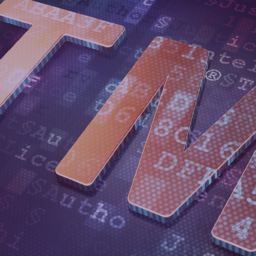According to Eurostat, in 2020, only 0.7% of EU entrepreneurs with 10 or more employees were using AI applications. As regards chat services, in which a chat-bot or virtual agent generated natural language responses for customers, this was used in 2% of entities. The same percentage of entities, 2%, used service robots that have a certain degree of autonomy, e.g. to perform cleaning, hazardous or repetitive tasks, such as cleaning up toxic substances, sorting items in a warehouse, and helping customers with their purchases or at the point of payment, etc.
The lack of regulation in the manufacture, offering, and use of AI systems creates a state of considerable uncertainty for all market participants, especially as regards the most advanced AI systems. In April 2021, the European Commission unveiled its AI package, which included, i.a. a proposal for a new draft regulation establishing harmonised rules for AI (“AI Act”). Over the past year, the need to update and amend the proposed rules to better reflect the specificities of advanced AI systems and provide greater security for their users has been recognised twice.
The new – third version of the draft Artificial Intelligence Act of 11 November 2022 makes some changes in relation to the two previous versions. The definition of AI system adopted in the previous versions of the act was only slightly amended. In the current version, the definition of AI has changed. In the new wording, the definition takes into account the elements of the autonomy that AI has.
It has been assumed that an artificial intelligence system is a system that has been designed to operate with elements of autonomy and which, based on data and information provided externally – either by a human or a machine, infers how to achieve the goals set by a human. In doing so, the system is supposed to use machine learning or logic and knowledge-based approaches.
„An Artificial Intelligence system (AI system) is a system that is designed to operate with elements of autonomy and that, based on machine and/or human-provided data and inputs, infers how to achieve a given set of objectives using machine learning and/or logic- and knowledge based approaches, and produces system-generated outputs such as content (generative AI systems), predictions, recommendations or decisions, influencing the environments with which the AI system interacts.”
The catalogue of entities covered by the current version of the draft regulation remains unchanged from the previous (second) version of this draft act. The current proposal has retained the new categories of entities introduced in the previous version to which the regulation will apply. These are:
- importers and distributors of AI systems,
- product manufacturers that place an AI system on the market or put it into service with their product and under their own name or trademark, and
- authorised representatives of suppliers established in the European Union.











